Breastfeeding



































https://www.who.int/teams/nutritionand-food-safety/food-and-nutritionactions-in-health-systems/ten-stepsto-successful-breastfeeding








(Position Statement 2015)


Definitions recommended by the WHO and internationally recognized






Breastfeeding is an interactive process


1. Hormonal control (PRL/OSS)



2. Peripheral control (FIL)
1. Ability to suck
2. Correct position and latch (effective drainage)




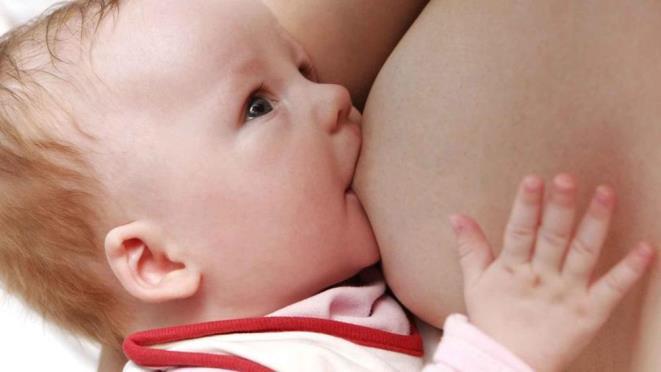
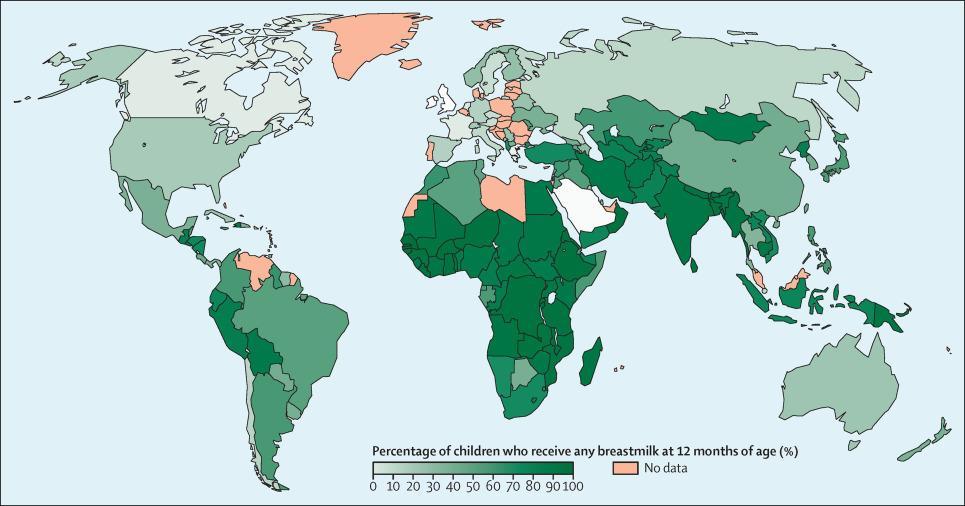
Data are from 153 countries between 1995 and 2013



In low-income countries, most infants are still breastfed at 1 year compared with less than 20% in many high-income countries and less than 1% in the UK

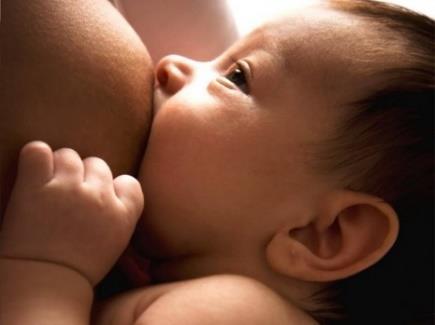

Data are from 153 countries between 1995 and 2013










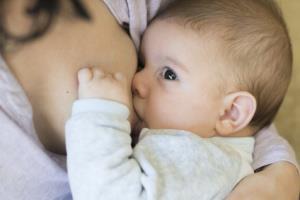
• Low educational and socio-economic status
• Lack of support from partners or other family members

• Not feeling up to it, fear of not having enough milk (exhaustion, post-partum stress)
• Desire
• Health status



• Return to work
but also orientation, culture and advice in prenatal classes, birth centers, NICUs, local health authorities, and pediatrician offices


• Breastfeeding produces neither noise nor smell, and it does not require too much space; the breast is not visible, but rather “sensed”
• Mainly a cultural issue
• Breast is considered as an object related to sexual pleasure


• “Principle of good manners”: it is not very elegant
• In Italy there are no laws for or against breastfeeding



1. Cooper’s ligament
2. retromammary fat
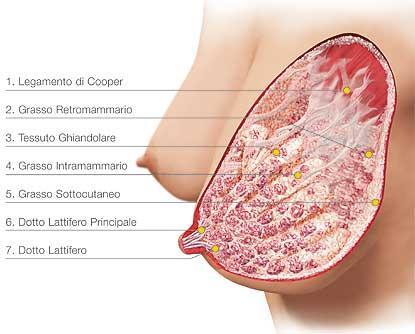


3. gland tissue

4. intramammary fat
5. subcutaneous fat
6. main lactiferous duct
7. lactiferous duct

The alveolus is the basic functional unit (0.12 mm in diameter), consisting of small bags of about 100 lactocytes that synthesize milk. The alveoli are surrounded by myoepithelial cells which have a contractile capability. Groups of 10-100 alveoli form the lobules, which are grouped into lobes. Small ducts drain the alveoli and converge, thus forming larger ducts, until they create a single duct with a diameter of about 2 mm (nevertheless, the diameter is variable, as shown by the US study) that reaches the surface of the nipple. Each lobe drains independently into the nipple. The lobes are 9, but the holes on the nipple are approximately 15 (some holes have a blind end).
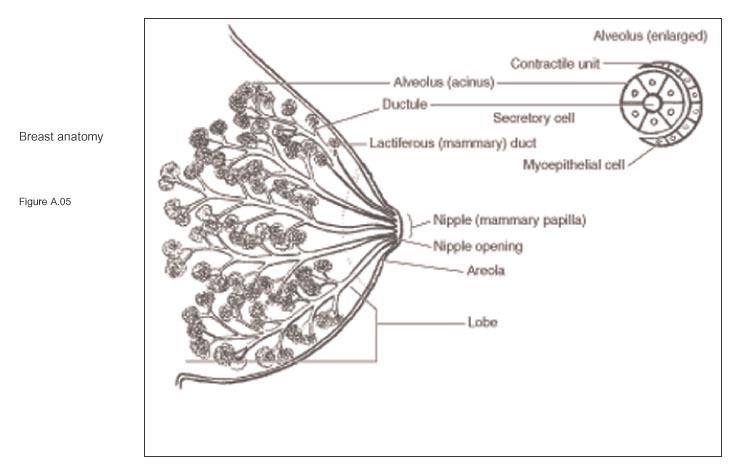







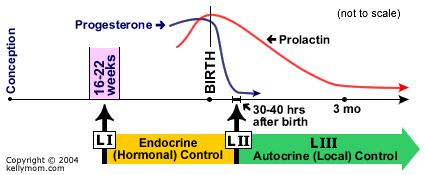




Enters the bloodstream
AFTER the feed to stimulate the production of milk for the NEXT feed
Prolactin is secreted in greater quantities during the night





It suppresses ovulation Breastfeeding
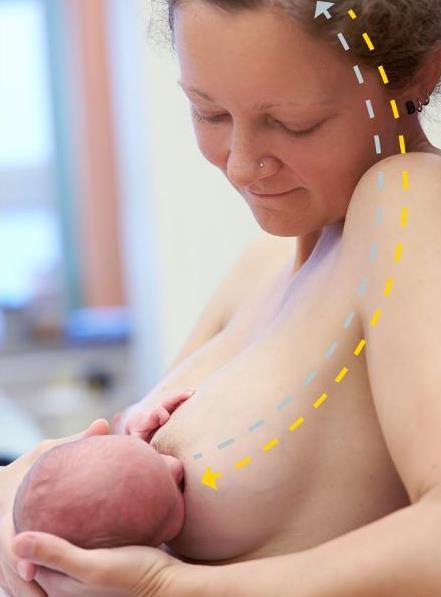
 1. The baby sucks
2. Sensory impulses from the nipple
3. Prolactin in the bloodstream
1. The baby sucks
2. Sensory impulses from the nipple
3. Prolactin in the bloodstream



Acts

BEFORE and DURING the feed, allowing the milk to flow (milk ejection or oxytocin reflex)

Oxytocin stimulates the uterus to contract

 1. The baby sucks
2. Sensory impulses from the nipple
3. Circulating oxytocin
1. The baby sucks
2. Sensory impulses from the nipple
3. Circulating oxytocin











• Thinking about the baby
• Listening to their sounds
• Looking at them
• Feeling comfortable
• Concern


• Stress
• Pain
• Feeling insecure



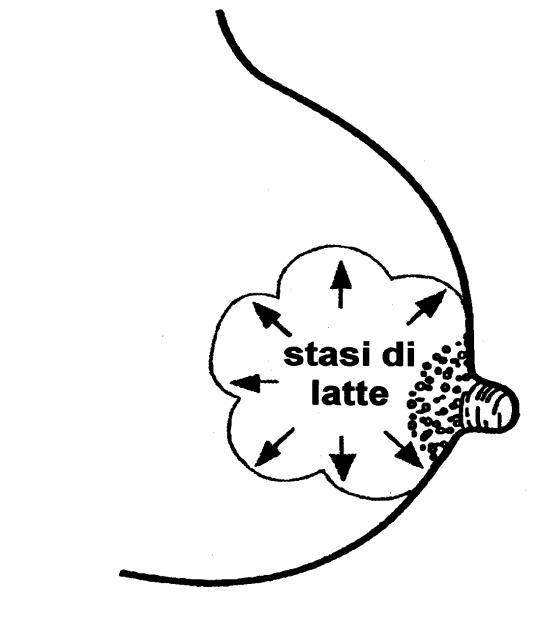







Through suction, the baby regulates the production of prolactin, the oxytocin reflex, and the removal of FIL



Suction must be frequent and correct
8-12 feeds a day
> > during the “growth spurts” (usually at 3 and 6 weeks, and at 3 months)


• Lactation onset is anticipated by 12-24 hours

• Prevention of breast engorgement

• Higher milk production
• Reduction of neonatal jaundice



• Whenever the baby looks hungry
• Both day and night
• At intervals managed by the baby
• Feeds without a fixed duration










506 babies
Number of feeds




With exclusive breastfeeding, the number of feeds in 24 hours remains almost constant throughout the first 6 months of life




• Colostrum





7th month of pregnancy –


• Transition milk



Until the 14th day
• Mature milk
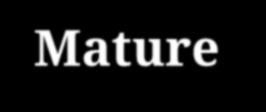
3rd/4th day


















• The taste depends on the diet of the mother

• Variations in flavour can help the baby to get used to the flavours of the foods eaten by the family, and to the transition to such foods after 6 months
• Formula milk always tastes the same



















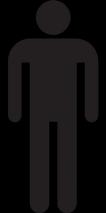

• Higher quantity in breast milk as compared to other animals’ milks






• The quantity is related to the dimensions of the encephalon Riordan J, 2016
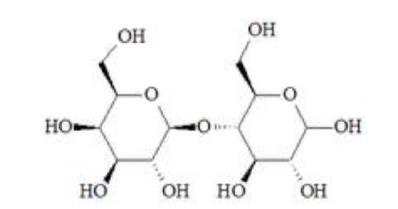






Lactose
glucose

galactose
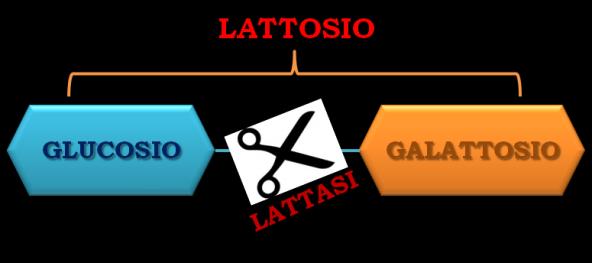


Riordan J, 2016
G.M. Hendricks, M. Guo, in Manufacturing Technology, 2014




Assunzione di latte e di grassi da parte di un bambino allattato da un solo seno


The lipid concentration is lower at the beginning of the feed (foremilk) and higher at the end of it (hindmilk)



















Main constituents of breast milk (g/L)
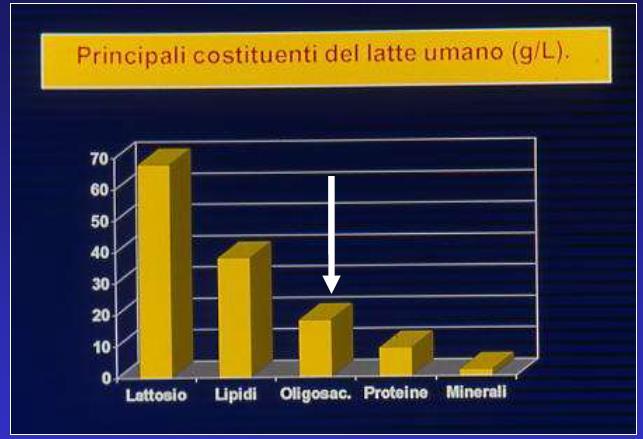

Nicholas J. Andreas. Early Human Development, 2015

Jantscher-Krenn E, Bode L, Minerva Pediatrica, 2012





(approximate values)

Lars Bode. Human milk oligosaccharides: Every baby needs a sugar mama. Glycobiology, 2012




• Over 200 molecules identified

• Resistant to low pH and intestinal enzymes
• Can be found in faeces
• A minimum part is absorbed and excreted in urine (approximately 1%)


Lawrence RA, 2016
Bode L. Hearly Human Developmeent, 2015



• Prebiotic

• Anti-adhesive/anti-infective

• Immune modulator

• Anti-inflammatory
• Fiber
Lawrence RA, 2016
Bode L. Hearly Human Developmeent, 2015
They promote the growth of potentially beneficial bacteria, such as Bifidobacterium infantis, thus protecting against the colonization by pathogens
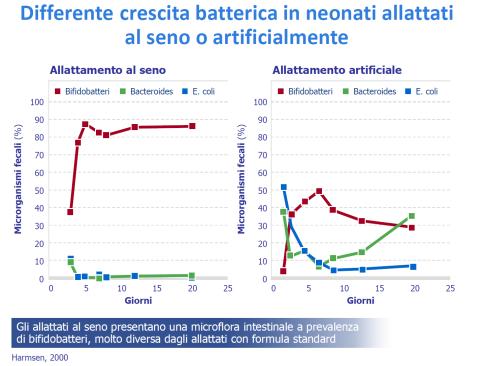



Jantscher-Krenn E, Bode L, Minerva Pediatr, 2012
Bode L. Early Human Development, 2015

Breastfeeding



• HMOs reach the colon unaltered


• Metabolic substrate for bifidobacteria
• Bifidobacteria are selected, whose genome allows for the synthesis of glycosidases, which metabolize them
• The metabolism of HMOs produces SCFAs and reduces the faecal pH, thus promoting their growth
HMOs induce the selective growth and development of bifidobacteria
Jantscher-Krenn E, Bode L, Minerva Pediatr, 2012 Bode L. Early Human Development, 2015
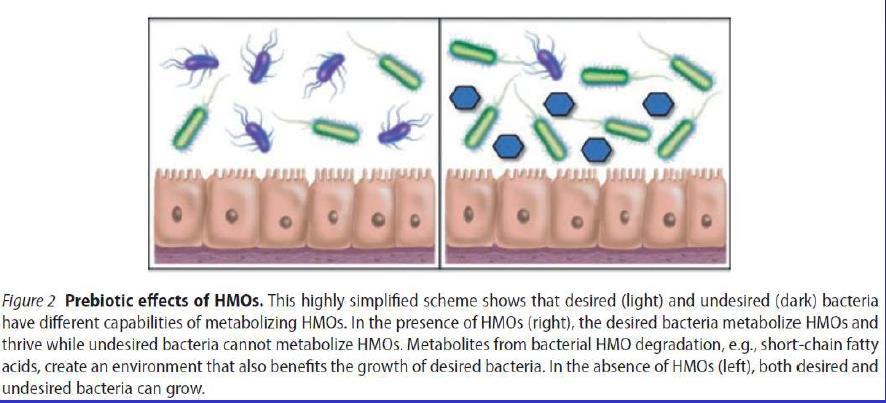



• Many pathogenic bacteria bind to the glycocalyx on the surface of the enterocyte through "lectins" (Glycan binding proteins)
• Structurally, HMOs are similar to the surface receptors of the glycocalyx

• They bind to lectins and block bacterial adhesion

• HMOs also modify the glycosylation mechanisms of intestinal epithelial cells by modifying the expression of the glycocalyx, with an impact on bacterial adhesion, proliferation and colonization
Jantscher-Krenn E, Bode L, Minerva Pediatr, 2012 Bode L. Early Human Development, 2015



Bode L. Hearly Human Developmeent, 2015
Anna Kulinich, Li Liu, Carbohydrate Research, 2016
Bode, Kunz, et al., 2004
T. Eiwegger, B. et al. Pediatr. Allergy Immunol, 2010







Bode L. Hearly Human Developmeent, 2015
Anna Kulinich, Li Liu, Carbohydrate Research, 2016
Bode, Kunz, et al., 2004




• They reach the colon undigested


• They behave like soluble fibers
• They make the stool softer, and increase the frequency of evacuations




HMOs are a potential source of nutrients (sialic acid) for brain development, as they are contained in gangliosides and glycoproteins
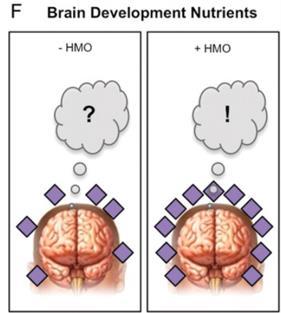


Jantscher-Krenn E, Bode L, Minerva Pediatr, 2012



Jantscher-Krenn E, Zherebtsov M, Nissan C, et al. The human milk
oligosaccharides disialyllacto-N-tetraose prevents Necrotizing



Enterocolitis in neonatal rats. Gut 2012
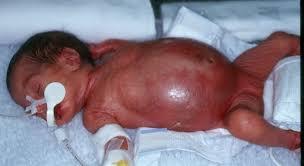
Gut, 2018



HMO composition in breast milk from 200 mothers with VLBW infants was analyzed for the first 28 days postpartum





















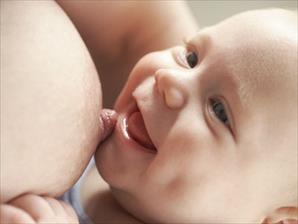














SM., Fewtrell, Current Pediatrics, 2004


Section on breastfeeding. Peediatrics, 2012
Spiegler J, J Pediatr, 2016
J. Zhou, Pediatrics, 2015














Tham R, Bowatte G, Dharmage SC, et al. Breastfeeding and the risk of dental caries: a systematic review and meta-analysis. Acta Paediatr Suppl 2015










Horta BL, de Mola CL, Victora CG. Long-term consequences of breastfeeding on cholesterol, obesity, systolic blood pressure, and type-2 diabetes: systematic review and meta-analysis. Acta Paediatr Suppl 2015


















Horta BL, de Mola CL, Victora CG. Breastfeeding and intelligence: systematic review and meta-analysis. Acta Paediatr Suppl, 2015













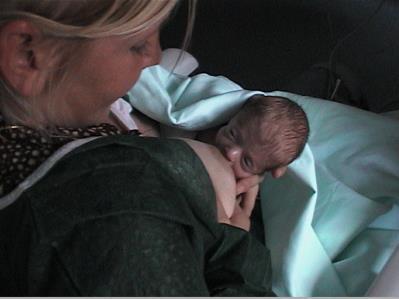



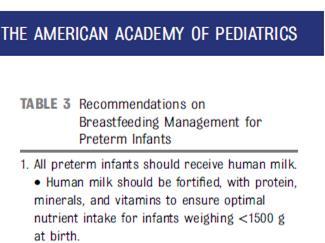















• Stabilize the glucose level, reduce crying periods, facilitate cardiorespiratory stability and gastrointestinal adaptation, and promote growth
• Stay close to reduce anxiety and stress

Depression and stress (salivary cortisol) are lower in the first month in the case of skin-to-skin contact

• Encourage mother-child bonding
Lori Feldman-Winter, MD, et al. Safe Sleep and Skin-to-Skin Care in the Neonatal Period for Healthy Term Newborns. Pediatrics, 2016


























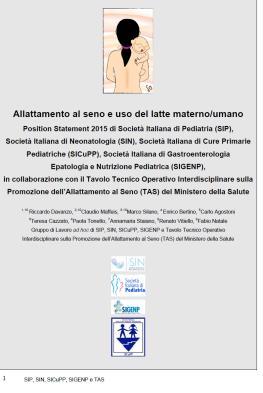




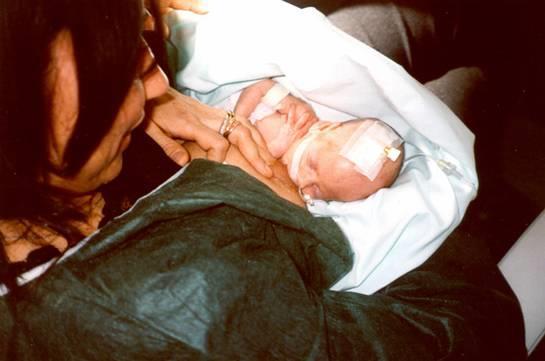





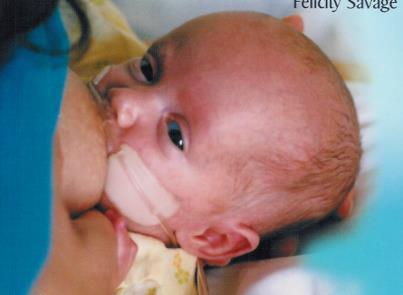





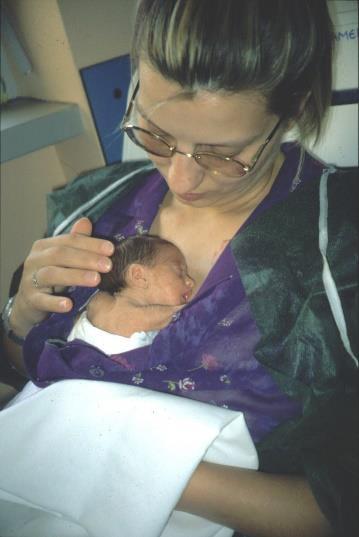









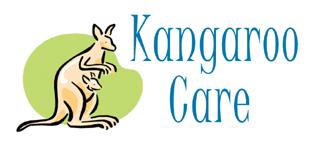
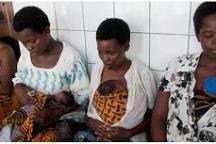










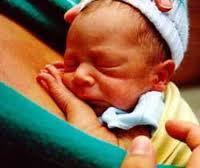





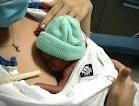
















































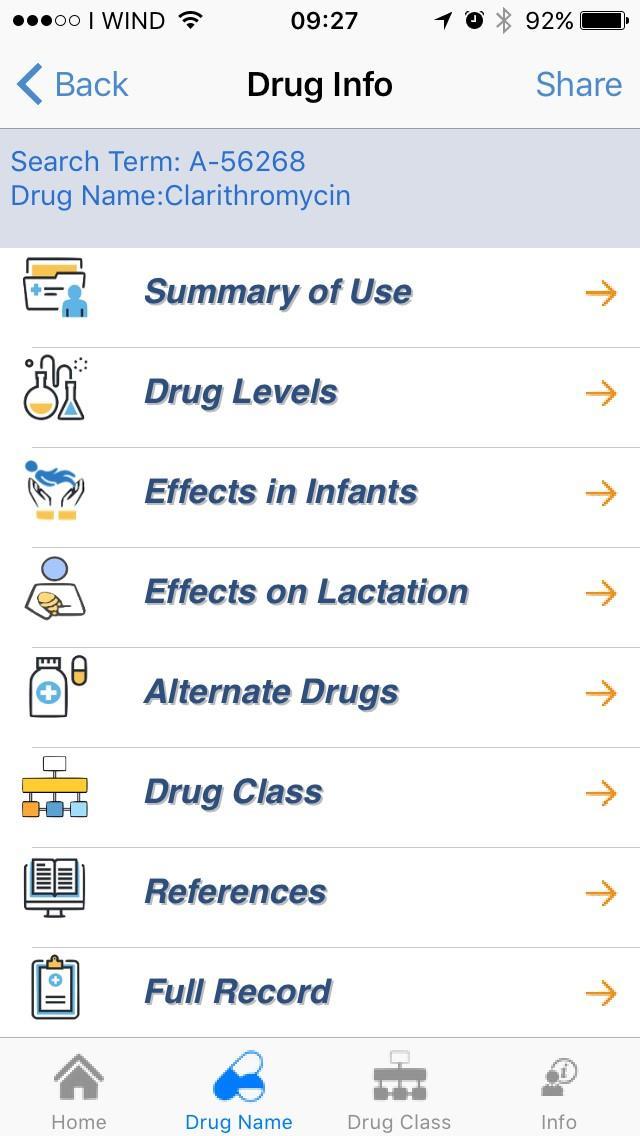





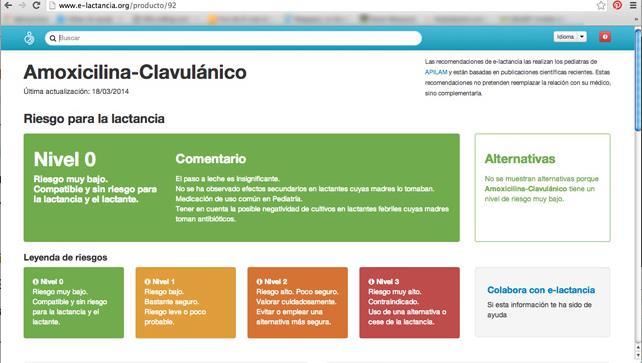







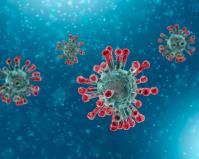

A woman with COVID-19 should be encouraged to breastfeed safely, make skin-to-skin contact with her baby, and keep him/her in her room.
Covid-19 positive women can breastfeed if they wish. They should: Wear a surgical mask covering both nose and mouth Wash their hands before touching the baby


Frequently clean and disinfect surfaces



If a woman with COVID-19 is too sick to breastfeed, she can be supported in finding an alternative that allows her to feed her baby with breast milk


Milk pumping Resume breastfeeding
Donated human milk

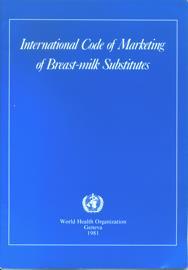
























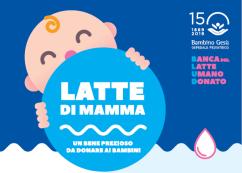

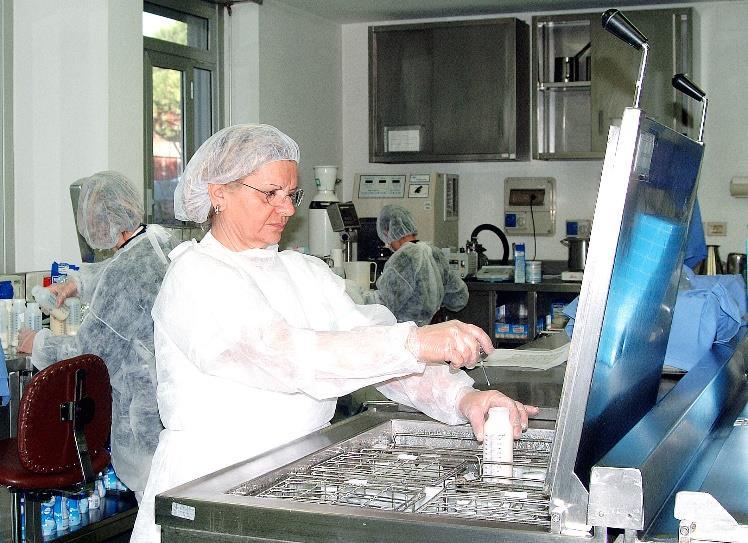












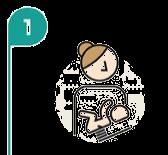


Bambino Gesù Children’s Hospital summarizes the WHO and IFE recommendations in 10 points


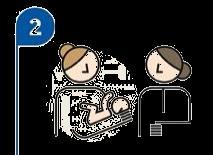





Bambino Gesù Children’s Hospital summarizes the WHO and IFE recommendations in 10 points
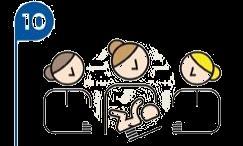
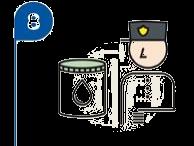


Breastfeeding is an interactive process

Quality
Quantity Duration


mouth wide open
1. Hormonal control (PRL/OSS)


2. Peripheral control (FIL)
everted
lips asymmetric latch (a larger portion of the areola is visible over the mouth) the chin touches the breast

1. Ability to suck
2. Correct position and latch (effective drainage)
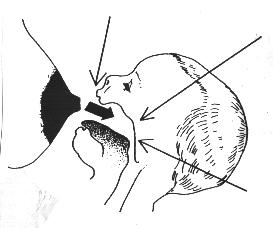
















Baby lying on his side (ear/shoulder/hip)
Facing the mother and close to her body (embracing him)
Mouth wide open Slow and deep rhythm
Chin touching her breast
Swallowing is audible
Nose facing the nipple Lower lip turned outward
The baby is supported; head slightly backwards
A larger portion of the areola is visible above the baby’s upper lip than below the lower lip

Round and full cheeks (not sucked or dimpled)
No click

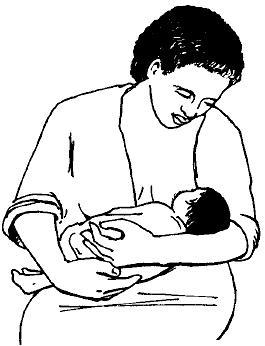
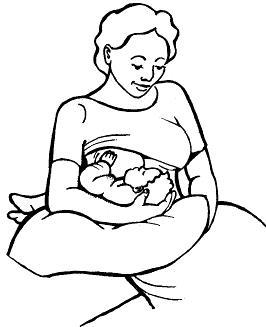

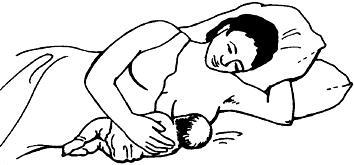





Baby lying on his side (ear/shoulder/hip)
Facing the mother and close to her body (she embraces him)
Nose facing the nipple
The baby is supported; head slightly backwards





Baby lying on his side (ear/shoulder/hip)
Facing the mother and close to her body (she embraces him)
Nose facing the nipple
The baby is supported; head slightly backwards





Baby lying on his side, aligned (ear/shoulder/hip)

Facing the mother and close to her body (she embraces him)
Nose facing the nipple
The baby is supported; head slightly backwards




Baby lying on his side, aligned (ear/shoulder/hip)

Facing the mother and close to her body (she embraces him)
Nose facing the nipple
The baby is supported; head slightly backwards


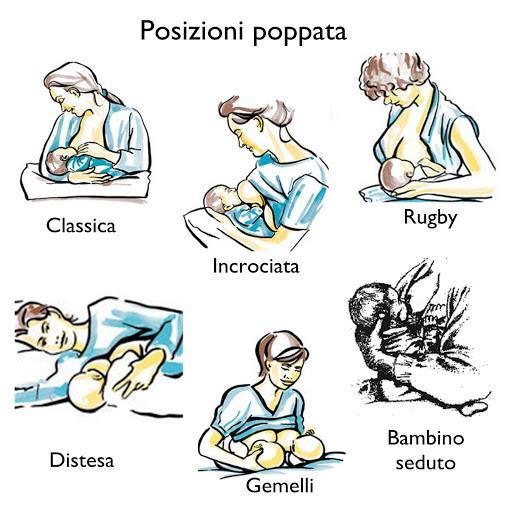





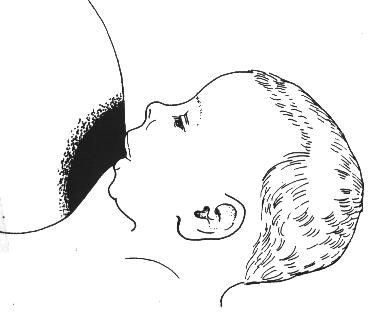
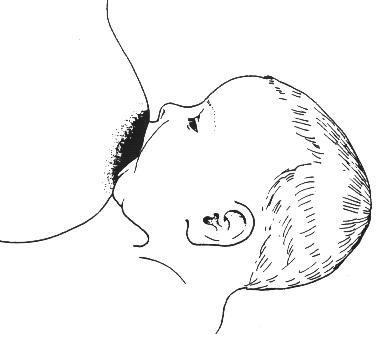


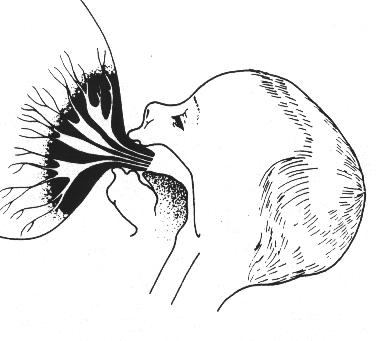
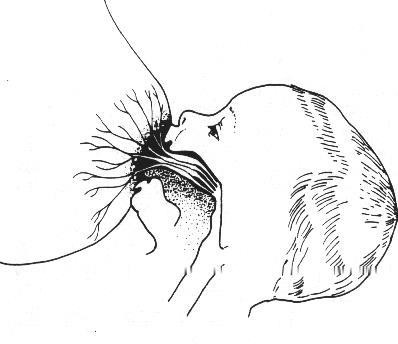




Place the base of the hand on the baby’s shoulders. The latching starts with the chin

IRCCS-OPBG



The baby’s head is inclined slightly backwards


• rapidly draw the baby close to the breast

• Push the shoulder blades with the base of the hand

• his chin touches the breast first
• the baby’s body embraces his mother’s IRCCS-OPBG
• The baby’s head is inclined slightly backwards
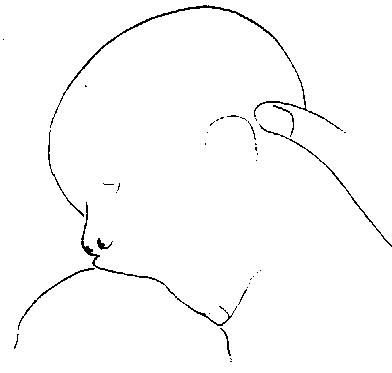


• His chin rests on the breast
• Hold the baby firmly on the shoulders, not crouched, and keep him close to your body


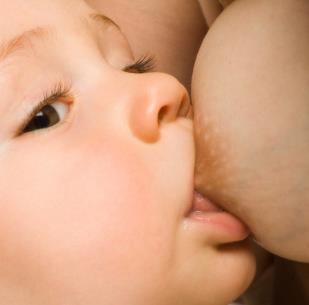



THE POSITION OF THE TONGUE IS IMPORTANT






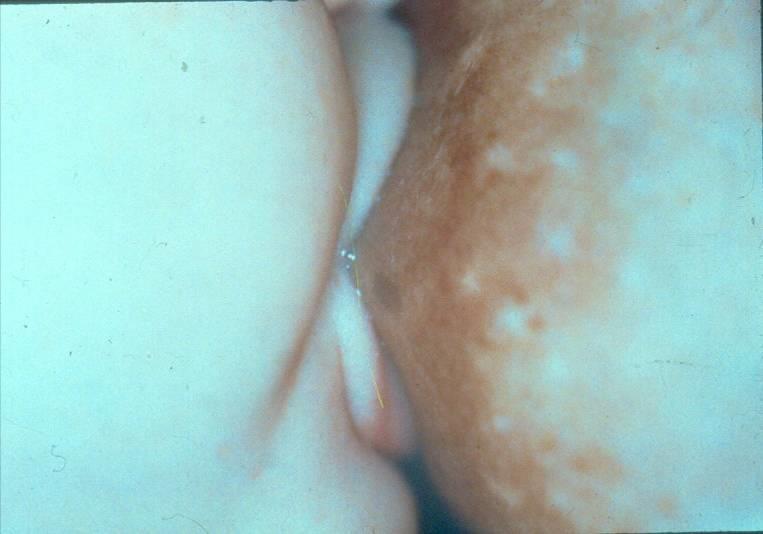
Mouth wide open


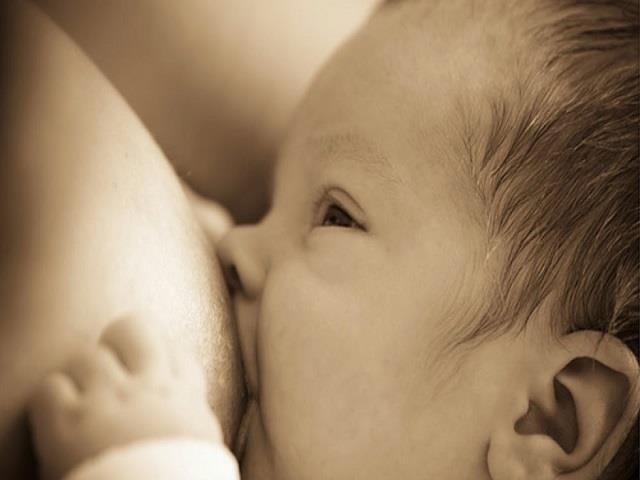
Slow and deep rhythm
Swallowing is audible
Round and full cheeks (not sucked or dimpled)
No click



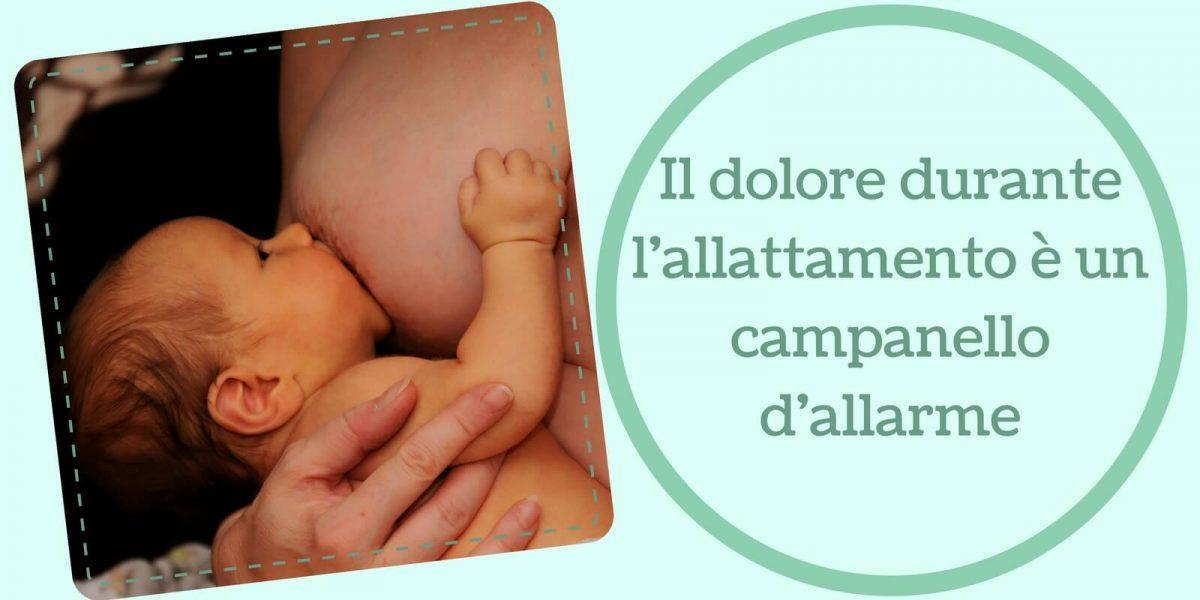



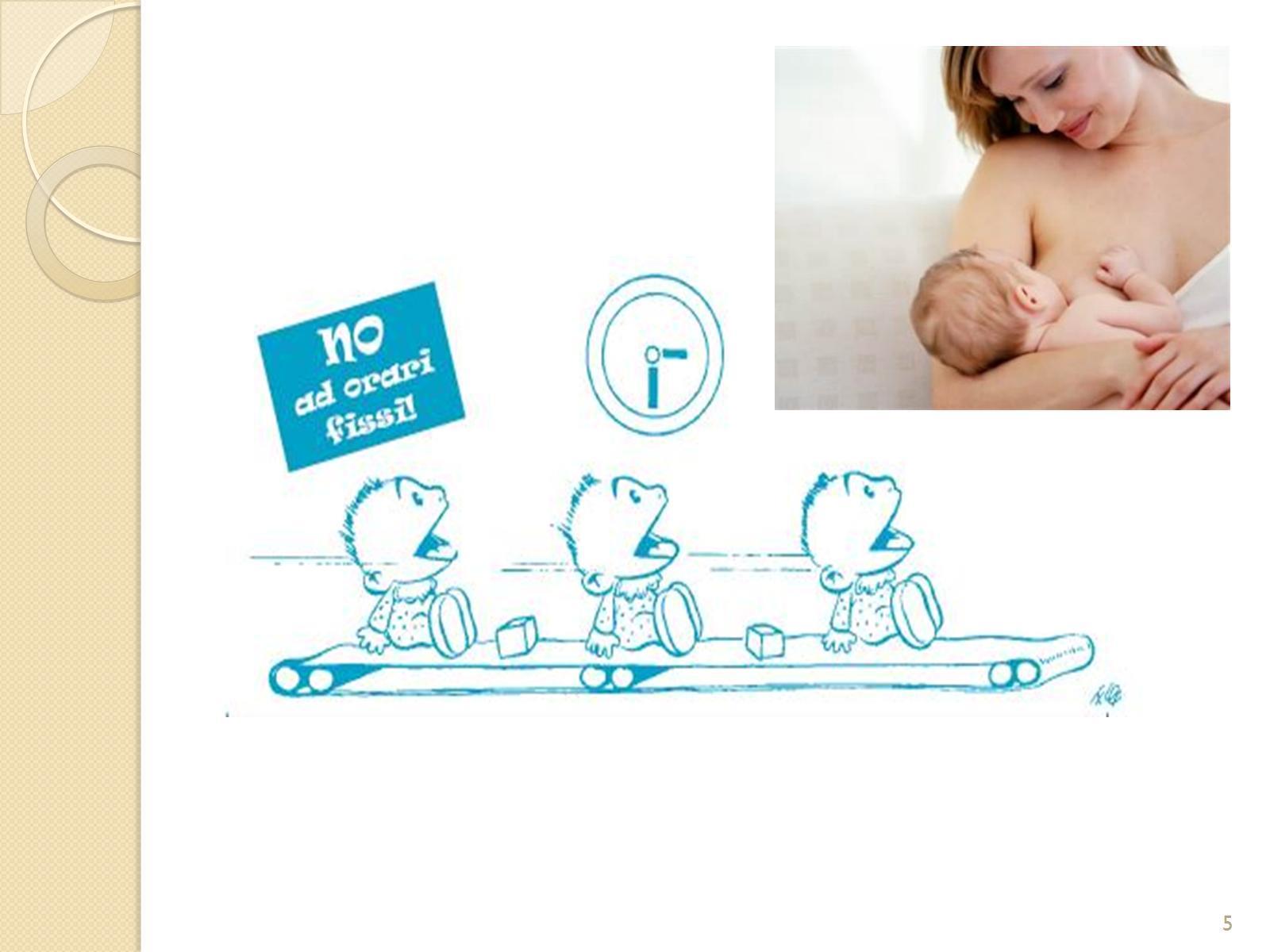




Say no to easy feeding bottles


















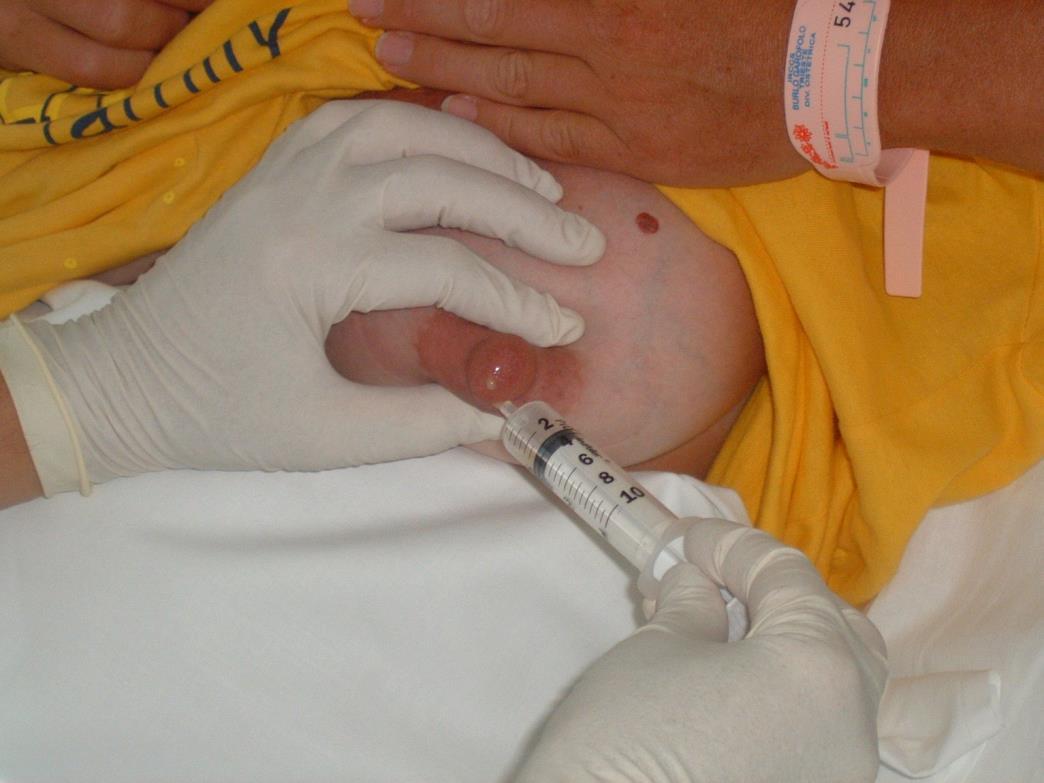

Even a few drops of milk can be valuable to a premature baby, as well as encouraging for the mother






















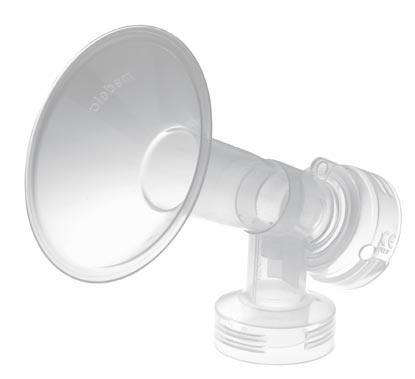












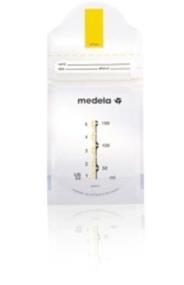



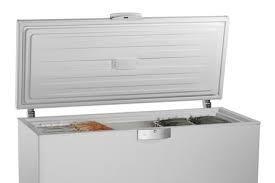

( + 4 °C) 48/72 HOURS


SEPARATE FROM OTHER FOODS (- 18°C)
SEPARATE FROM THE FRIDGE 3/6 MONTHS
( - 20/25 °C) 9/12 MONTHS











